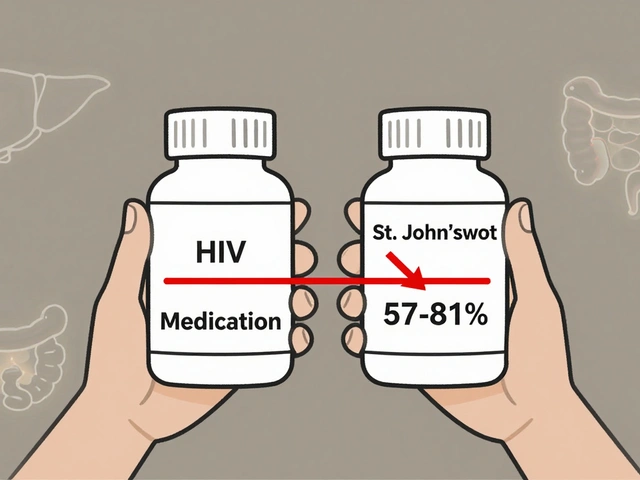Pancreatic Cancer Treatment: What You Need to Know
If you or a loved one just heard the word "pancreatic cancer," your mind probably jumps to scary stats and endless medical jargon. The good news is that there are several clear paths doctors can take, and knowing them helps you ask the right questions. Below you’ll find the most common therapies, when they’re used, and tips for navigating the choices.
Main Treatment Options
Surgery is the only chance for a cure, but it only works when the tumor is caught early enough. The Whipple procedure (pancreaticoduodenectomy) removes the head of the pancreas and nearby tissue. It’s a big operation, so doctors usually pair it with chemo before or after to shrink any hidden cells.
Chemotherapy attacks cancer cells throughout the body. Drugs like gemcitabine and nab‑paclitaxel are standard, while newer combos such as FOLFIRINOX are used for patients who can handle stronger side effects. Chemotherapy can be given before surgery (neoadjuvant) to make the tumor operable, or after (adjuvant) to lower the risk of return.
Radiation therapy uses high‑energy beams to target the tumor locally. It’s often combined with chemo, called chemoradiation, especially when the cancer can’t be fully removed. Modern techniques like SBRT (stereotactic body radiation) focus the dose and spare surrounding organs.
Targeted therapy zeroes in on specific genetic changes in the tumor. For example, patients with BRCA mutations may benefit from PARP inhibitors. While these drugs work for a smaller group, they can dramatically improve outcomes when a match is found.
Immunotherapy helps the immune system recognize and fight cancer cells. Checkpoint inhibitors have limited success in pancreatic cancer overall, but trials are ongoing, and some patients with microsatellite instability (MSI‑high) do respond well.
How to Choose the Best Plan
The first step is a multidisciplinary team review. Surgeons, medical oncologists, radiation oncologists, and sometimes genetic counselors will look at the tumor stage, location, and your overall health. Don’t be shy—ask how each option fits your lifestyle, side‑effect tolerance, and goals.
Stage matters a lot. Early‑stage (I‑II) disease often leans toward surgery first, while locally advanced (III) or metastatic (IV) cancers rely more on chemo, radiation, or clinical trials. If you’re eligible for a trial, it can give you access to cutting‑edge drugs not yet widely available.
Side effects are real, so ask about supportive care up front. Anti‑nausea meds, growth‑factor shots for blood counts, and nutrition support can keep you feeling better during treatment. Many centers have pancreatic cancer nurse navigators who coordinate appointments and manage side‑effect concerns.
Keep an eye on genetics. A simple blood test can reveal hereditary mutations that open doors to targeted drugs or family‑screening programs. Even if you don’t have a known mutation, asking for molecular profiling of your tumor can still uncover treatable targets.
Finally, track your progress. Imaging scans, blood markers like CA 19‑9, and regular check‑ins with your team help spot changes early. If a treatment isn’t working, a quick switch can save precious time.
Pancreatic cancer treatment can feel overwhelming, but breaking it down into these key pieces makes the journey clearer. Use this guide to power your conversations with doctors, explore clinical trial options, and stay proactive about your care.



